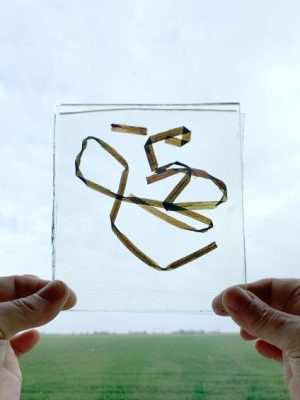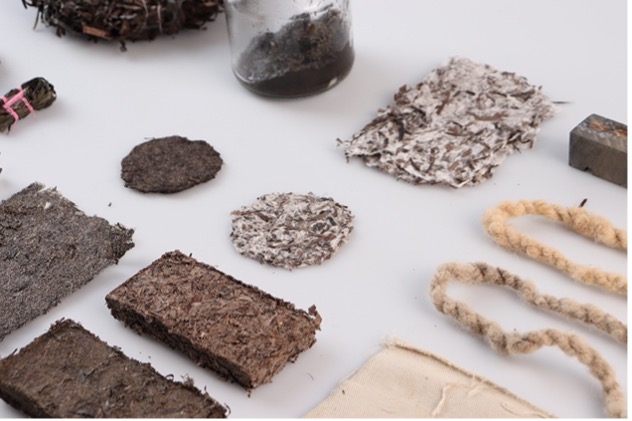
Book

In this project, European and especially Dutch seagrasses were investigated for the right properties to grow, harvest and process them – whether or not combined with other sustainable materials – into raw materials for textile applications in an ecologically and economically sustainable way. It also looked at whether historical knowledge of processing and applications of freshwater and saltwater grasses in products is (still) available and relevant for developing sustainable value chains for consumer goods.
Designer-researchers Conny Groenewegen, Marijke Bruggink and Tjeerd Veenhoven collaborated with IXX Creates (producer of sustainable value chains for textile products) Fatboy (design label) and students from Wageningen University & Research (WUR), Saxion and ArtEZ.
An interdisciplinary group of master students from WUR conducted a literature review within their Academic Consultancy Training (ACT) on European seagrass varieties, their role in the ecosystem, properties of the plant and resulting possible applications with recommendations and extensive literature list, described in the report ‘Seagrass: possible career or washed up?’.
ArtEZ researchers investigated the historical and current applications of seagrass. In addition, in collaboration with students and alumni of the Product Design bachelor’s programme, they conducted design research on the seagrass that resulted in material experiments, prototypes and speculative scenarios presented in a final exhibition and in the publication ‘Exploring seagrass for sustainable design’.
Saxion students participated in this research within the minor ‘Smart Solutions ‘. In the lab, they tested the cellulose content in the plant to determine its potential application for textiles. They also investigated the business case of seagrass as a sustainable raw material, the results of which were presented in the report ‘New applications for seagrass’.